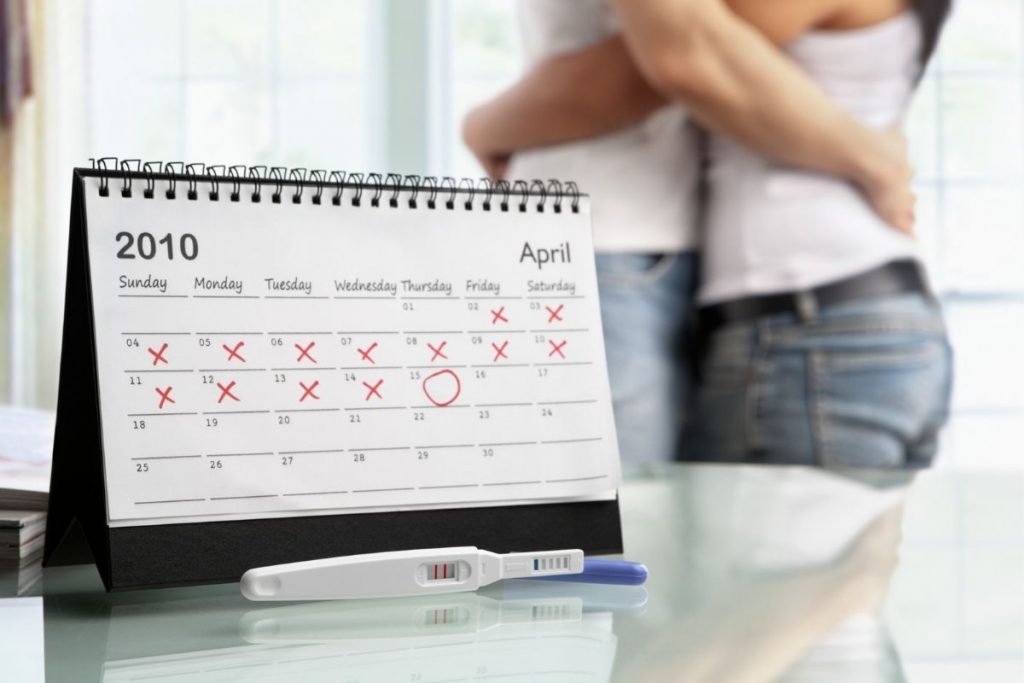
Take Charge of Your Fertility with Fertility Calculators and Calendars
What’s today’s date? What was the date of your last period? Do you know the exact days your fertile window will happen?
When it comes to remembering all of the dates involved to take charge of your reproduction, start by tracking the start of one period to the start of the next one. If you have been tracking your periods regularly, you should have enough data to add to a fertility calculator or your own calendar. Check out Apps like Spot On or Fertility Friend.
On average, most women have periods about every 26-32 days. If you regularly start your flow on either end of that window every month, you can still consider your period regular for you. Knowing when you are expected to get your period will let you know when you might be pregnant, and if so, that it might be time to take a pregnancy test.
If you are not pregnant, though, continue to track your cycle and estimate your ovulation date to be around day 14 of your cycle, +/- 2 days. Pro Tip: Your cycle begins on the first day of full flow, not when you have spotting but no flow yet. Now you have a rough idea of when you might ovulate and should expect to start trying for pregnancy about 3-5 days before you ovulate.
Along with knowing when to expect your period and your possible fertile window, you can continue to take charge of the process by investing in ovulation predictor test kits to confirm when you will ovulate. That way, you can start tracking what days you can try for pregnancy ahead of your ovulation.
Additionally, you can also track your cervical mucus throughout the month to look for eggwhite-like consistency and clear discharge that also gives a telltale sign of your most fertile days. This stretchy fluid is designed to allow sperm to easily pass into the uterus. Once that egg white cervical mucus becomes whiter and thicker, you will know that your fertile window has passed for the month. The thicker cervical mucus actually creates a barrier, so sperm can no longer pass until you near your ovulation days during your next cycle.
If you are comfortable checking your cervix with your finger, you can also feel its changes throughout the month. When your cervix feels low, more closed, less flexible (think: end of your nose) then you are not within your fertile window. When you return to your fertile window, the cervix feels a bit more like your lips. It will feel higher up, more open, a bit softer.
For more data, you can optionally add the task of taking your basal body temperature (BBT) each morning throughout the month. When your temperature rises about 0.5 degrees Fahrenheit distinctly each cycle, you can be reasonably sure that you have ovulated. Once you know how to predict ovulation, then you can plan to try for pregnancy starting 3-5 days before the most likely ovulation day, and continuing every 1-2 days until signs show it has passed.
Used wisely, fertility calculators and calendars help you to take charge of the process for your reproduction, helping you get pregnant more quickly.
Learn more and schedule an appointment
At Portland Acupuncture Studio, we have three highly skilled acupuncturists ready to help you get pregnant. Contact us today to see how we can support you both on the path to building your family. We are here to help you succeed.
Established patients can schedule online, patients who haven’t seen us at Kwan Yin Healing Center call (503) 701-8766, or email us to schedule your appointment.




